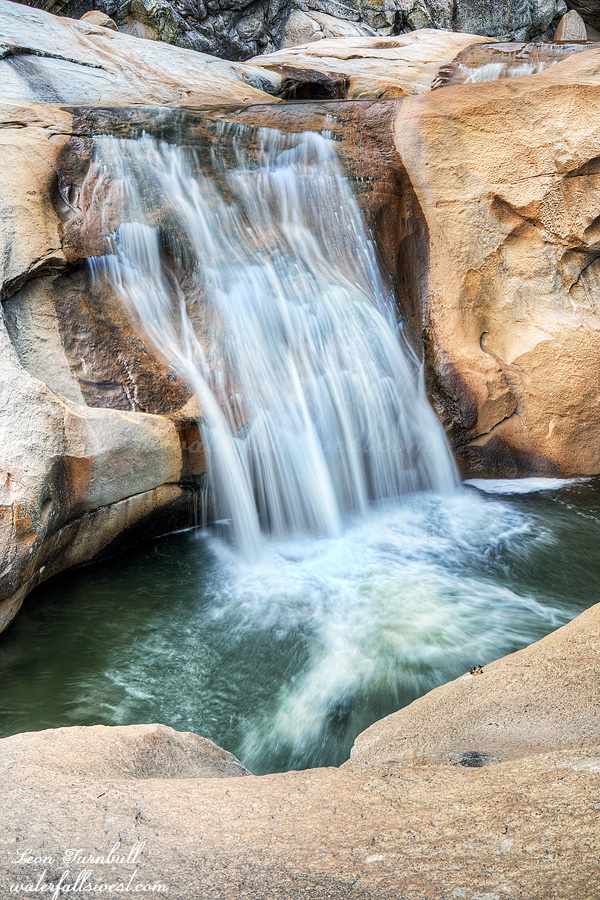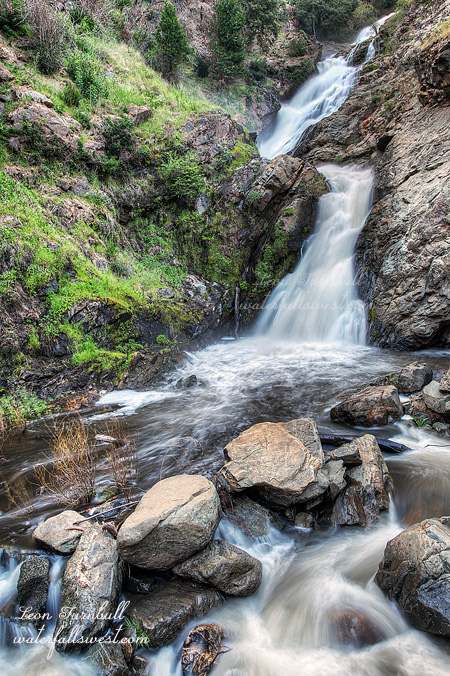GIMME THE FACTS

It felt like a long time coming but winter has finally arrived in Northern California. It WAS a long time coming. However, as of Dec 1, we are almost back to average for precipitation this winter in Northern CA, and we ARE above average in Central and Southern Sierra. You heard that right: Not “below average”, but “above average”, thanks to a couple big late November storms, praise be to God who provides. In Northern CA, we are at 83% of average. In Central Sierra: 118% of average, and Southern Sierra: 147% of average. The snow pack is very similar: 82% North, 117% Central, and 128% for Southern Sierra as of Dec 1. This is fantastic news! I am not sure if the rain and snow will continue strong into December; there look to be a few storms in the next week or two but nothing really big.
So …. What’s the deal, man?
We always have dry periods throughout the winter. This is why I only tally the totals at the end of each month, not during the middle of the month. This year, our “first” dry period (and it won’t be the last one) began right at the beginning of the year, and in mid November we were at only 20% average for the year. But in two storms, we are now above average overall. Why bust your hearts looking at daily stats?
Sadly, the slow start was a major contributor to the Camp Fire, which was an awful and devastating catastrophe. But it did not cause the fire, nor did global warming cause it. The fire was caused by humans, (as are the vast majority of fires, by the way). Frankly, it makes me mad because the fire was (most likely) caused by PG&E negligence, and it should never have happened in the first place, and they did the exact same thing last year in Napa. Global warming should not be used as an excuse for accepting that devastating fires will occur. Do not say fires are the “new normal”. Let’s prevent fires from starting in the first place by being responsible.
I hear a lot that global warming is causing the drought in California. That is what everyone says, but is it true? What are the facts? Gimme the facts, man. If it is true, then shouldn’t we see an increasing pattern of dry winters in California? Yet:
2009 – avg
2010 – above avg
2011 – above avg
2012 – below avg
2013 – below avg
2014 – below avg
2015 – below avg
2016 – above avg (everyone seems to conveniently forget that 2016 was an above avg year, yet this was the year we started to climb out of the drought)
2017 – above avg
2018 – below avg
2019 – ???
I do not see any pattern of increasing dry winters here. Do you? I see an awful drought period, but even with that we have a 50/50 split of good/bad winters over the past 10 years. Going back further in years does not make any difference. Indeed, I checked back 50 years, and for every decade there was pretty much an exact 50/50 split of good vs. bad winters. 50 years! I also checked back 20 years for slow starts to the winter. I only found one other year (2014) that was as bad as this year to start (through mid November). Even so, we still ended up above average by the end of November 2018, and as I said that is why I only tally totals at the end of the month. So again, I do not see any pattern of increasing slow starts to the winter. Do you?
Are we even in a drought in California? What are the facts, man? Southern CA is still in a more serious drought, but Northern CA is not in a drought (or officially I guess you can say it is in a low drought status – which is normal after summer). I think it will all depend on if we have a good winter or a bad winter this year, as to whether we go back into a drought in California. Don’t say we are in a drought before winter has hardly even started. Let’s wait to see what happens by the end of the season. So pray for rain and snow! God is the only one that can seriously help and make a difference.
Anyhow … this photo is the upper waterfall of Bear River Reservoir Falls. It is 21 ft. high in total, including the upper 4 ft. tier. It is a pretty little one, but just a little one.

